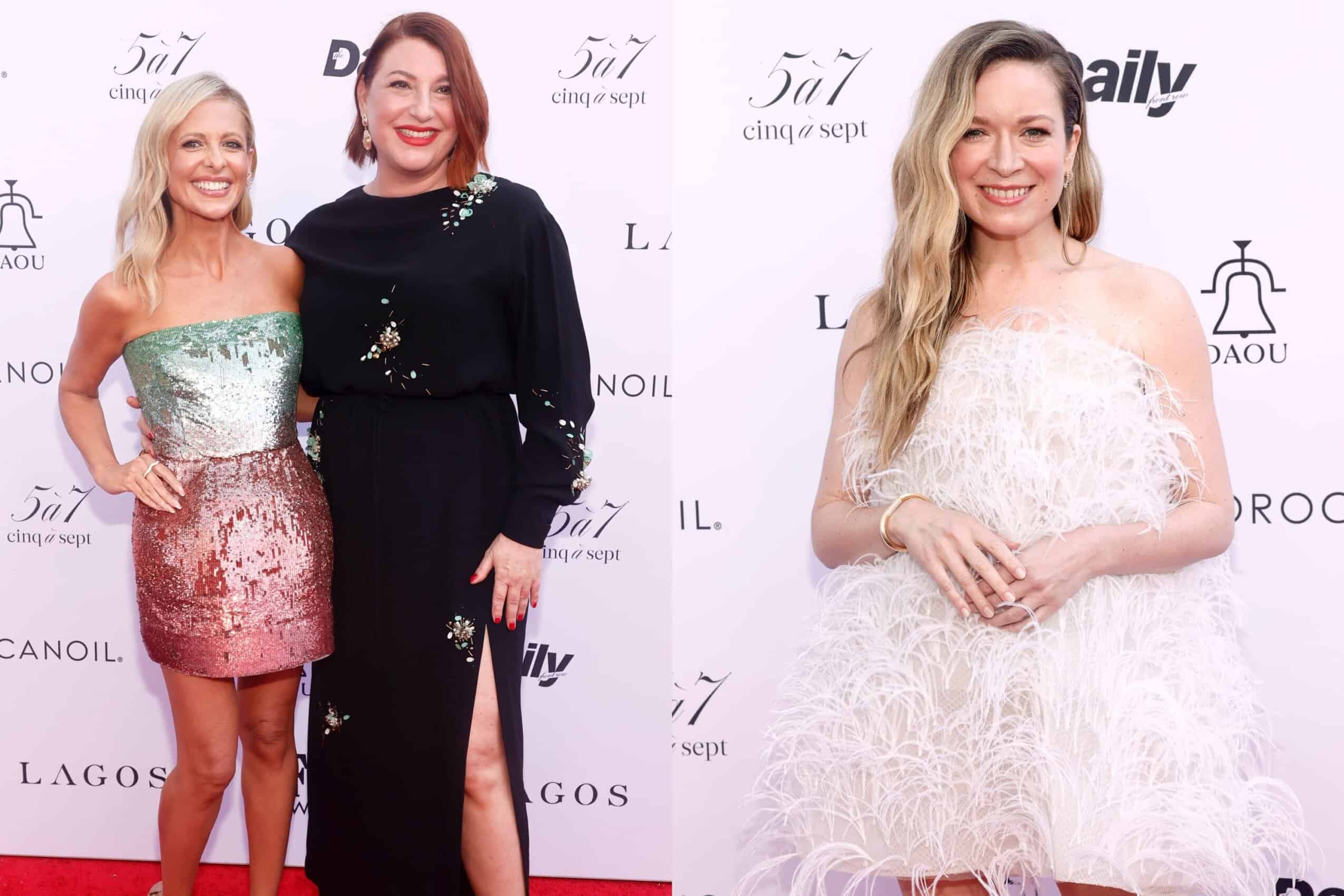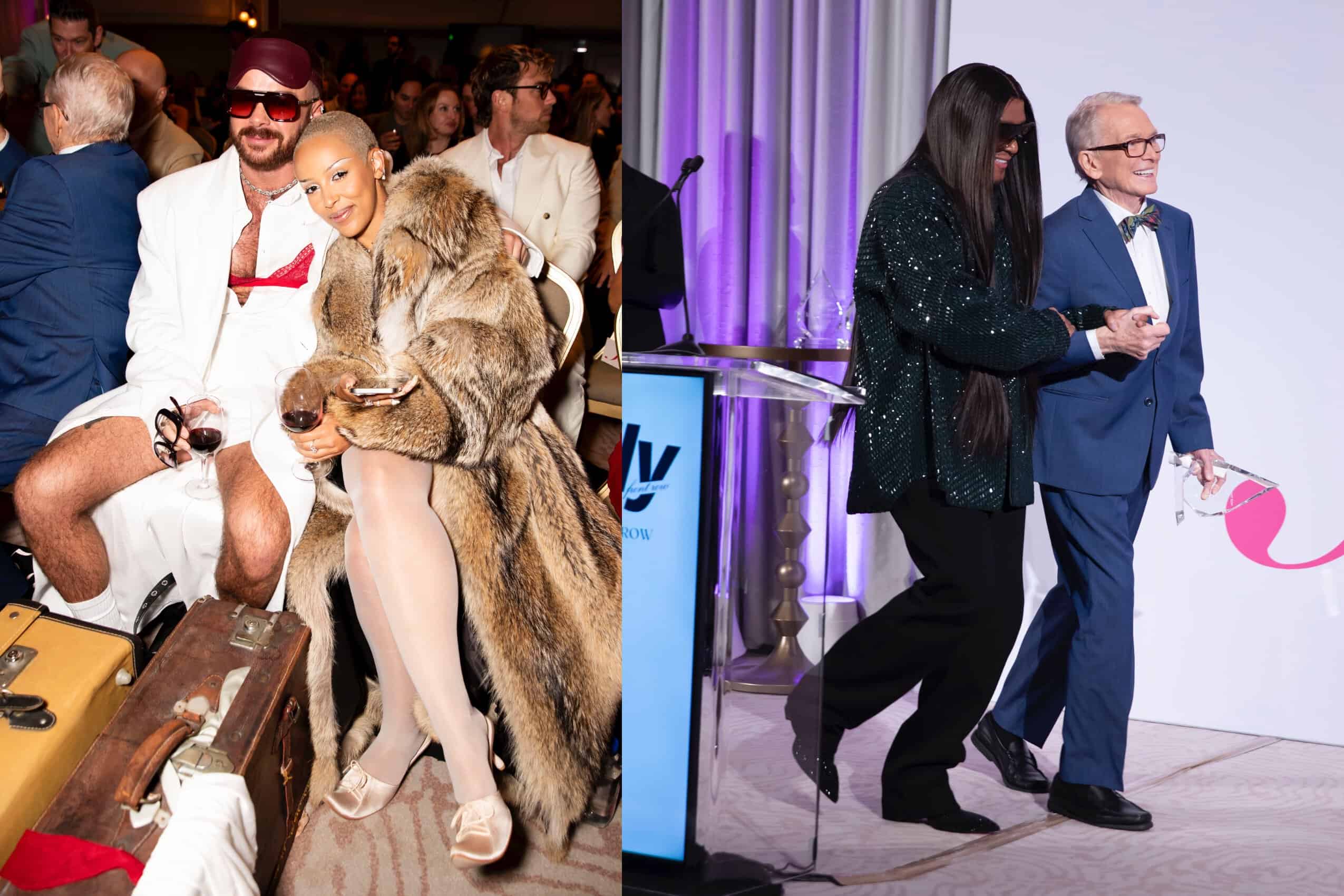What role does art have in our survival? That question never gets asked in movies about survival; characters are usually too busy sawing off their own arm or killing a bear and climbing inside its corpse for warmth. And yet, for many people, surviving would be meaningless without art — without writing, storytelling, music, visual arts, films, etc. Art, however one may define it (or refuse to), can be essential for meaning-making.
On the other end of the spectrum, art does not provide nutrition. The actual ‘art world,’ in which paintings like Salvator Mundi sell for $450 million, is a luxury of the affluent, and nothing more than something to burn when the apocalypse hits.
MOVIEWEB VIDEO OF THE DAY
These are the two polarities which Inside, the beguiling new film from Vasilis Katsoupis, flirts with and oscillates to and from. It’s a thrilling, stylish, unforgettable movie with deep meaning, though you’d be hard-pressed to find any unanimous agreement upon what that meaning is. That’s probably for the best — art, the subject of the film, is open to interpretation and must warrant subjective opinions, experiences, and interpretations. What almost seems like an objective fact, though, is that Inside has a towering, unbelievable performance from Willem Dafoe, and is one of the most unique survival films ever made.
Inside Is About an Entrapped Willem Dafoe
Focus Features
Inside stars Dafoe, and that’s about all. There are glimpses of other actors in security footage and a surrealistic dream, but Dafoe’s character, Nemo, is essentially the only one in the film. That’s because Nemo is trapped in the swanky penthouse apartment of an art collector he was robbing; when things go wrong, everything is locked down and Nemo is incapable of contacting anyone. It’s just the art thief and the art.
The digital thermostat is damaged, resulting in Nemo suffering through periods of intense heat and freezing temperatures. Nemo may be surrounded by fascinating, high-end art, but he is running out of food and water, and you can’t eat a David Horvitz neon (a piece which tauntingly but perhaps optimistically reads, “All the time that will come after this moment”). Inside thus follows Nemo as he fights off starvation, dehydration, and insanity, discovering his own inner artist and struggling to escape his artistic entrapment.
Related: Best Movies Starring Only One Actor
Dafoe’s performance in Inside is dazzling, keeping the film engaging even in its weirdest, most dreamlike moments. As he struggles with madness and the breakdown of his own body, Nemo does whatever he can to survive, and that includes self-distraction. He slowly drifts from spectator to artist as he engages in different forms of art, such as drawing, stand-up comedy, dance, and sculpture. He watches the closed-circuit security camera footage as if it’s a reality show. He transforms the works of art into something very different, destroying their value in order to create something. Throughout it all, Dafoe is utterly mesmerizing.
Great Art on Display
Focus Features
The visual aesthetic of Inside is appropriately stunning, a hyper-modern, cold, and haunting style that uses many visual artists to create a dialogue between Nemo and the works of art on display. These are carefully curated pieces, along with some that were specifically commissioned for the film, and they’re integral for the success of the film.
Inside is obviously aware of the contemporary art world and is authentically immersed in it. Katsoupis and the curator Leonardo Bigazzi collected a relevant, breathtaking display of paintings, sculptures, furniture, conceptual works, and decorative interior design to fill the single setting of the film.
While most modern movies will include a soundtrack list in their credits, referencing the songs, musicians, and copyrights, Inside includes an art list, documenting the works of art and their creators. This is a film that truly cares about art, and its visual palette reflects this.
The System of Inside Objects
Focus Features
So what does Inside have to say about art itself, and what questions does it evoke? The filmmaker himself has summarized the film’s litany of abstract explorations into the nature of art in the production notes:
Without the basic needs covered, would art still be that important? What is art devoid of its context? Maybe it’s just a ‘symbol’ — a shadow of real life — we choose to give value to, due to our sophisticated perception. Can we escape this trap of altered perception and witness an objective truth? What would be the circumstance to trigger such an escape? Could the answer be the redemptive nature of art?
Some of this interrogation, like the film itself, brings to mind Jean Baudrillard’s first book, The System of Objects. Baudrillard’s text navigated the ways in which humanity used signs and symbols to reflect themselves, postulating that a home’s interior design is a network of signs which conveys an ideology. When Nemo enters the penthouse, the expensive Manhattan apartment and the specific works of art obviously express their owner’s social class and perspective.
Focus Features
We don’t know much about Nemo, despite spending the entire film with him, just as we know hardly anything about the tenants of the apartment he’s trapped in. The film, like daily life, doesn’t disclose much about their internal existence. What identifies them is their taste in art and objects, and how they consume them. In the modern world, we use signs to not just make judgments and opinions about each other, but to help understand each other and find some kind of transcendent meaning and even an identity.
Related: Best Willem Dafoe Movies, Ranked
Art can be one of the most important of these semiotic tools, especially in an age of such malaise and disillusionment. As Baudrillard writes in The System of Objects, “Since blood, birth, and titles of nobility have lost their ideological force, the task of simplifying transcendence has fallen to material signs — to pieces of furniture, objects, jewelry, and works of art.” In a way, then, Inside is a study of the importance we place on art and objects, and how they may be the last way we can actually survive this life meaningfully.
Inside Asks What Art Really Means
Focus Features
On the other side of the interpretive spectrum, Inside could easily be seen as an almost darkly satirical critique of the art world, especially in late capitalism and post-pandemic. Nemo is basically locked down like so many others were during the pandemic, and the millions of dollars in high art which surrounds him have perhaps less value than a full fridge or a water cooler.
Watching the art thief, the man who has literally reduced art to purely economic value, become stuck in a massive, cold, and lonely apartment adorned with great art (and yet never once visited by anyone) brings to mind something Adrienne Rich once wrote. When Rich became the only person to refuse the National Medal of Arts, she explained her denial to President Bill Clinton. “Art means nothing,” wrote Rich, “if it simply decorates the dinner table of power which holds it hostage.” Inside asks what meaning high art has when it becomes merely a mode of profit, or is suffocated by wealthy elitists who keep it from the public.
Ultimately, most artists will warn against excess analysis; Susan Sontag wrote an essay that was literally titled Against Interpretation, after all. As Vernon Lee writes in Belcaro, “Obtain from art all that it can give, by refraining from asking it to give what it cannot.” Perhaps trying to understand Inside with any exactitude misses the point of art (and thus the film).
“Art,” wrote Nicholas G. Chernyshevsky, “must not even think of comparing itself with reality, much less of surpassing it in beauty […] Let art be content with its fine and lofty mission of being a substitute for reality in the event of its absence, and of being a manual of life for man.” Whether that’s true or not, Nemo is quickly ready to abandon the expensive art in favor of the real world, eagerly and imaginatively attempting his escape from the art world of this penthouse to the bright and living world outside. Except, his experience inside will now redefine how he views that reality, just as Inside is capable of changing the viewer’s very perception of the world. From Focus Features, Inside will be in theaters on March 17.
You can view the original article HERE.









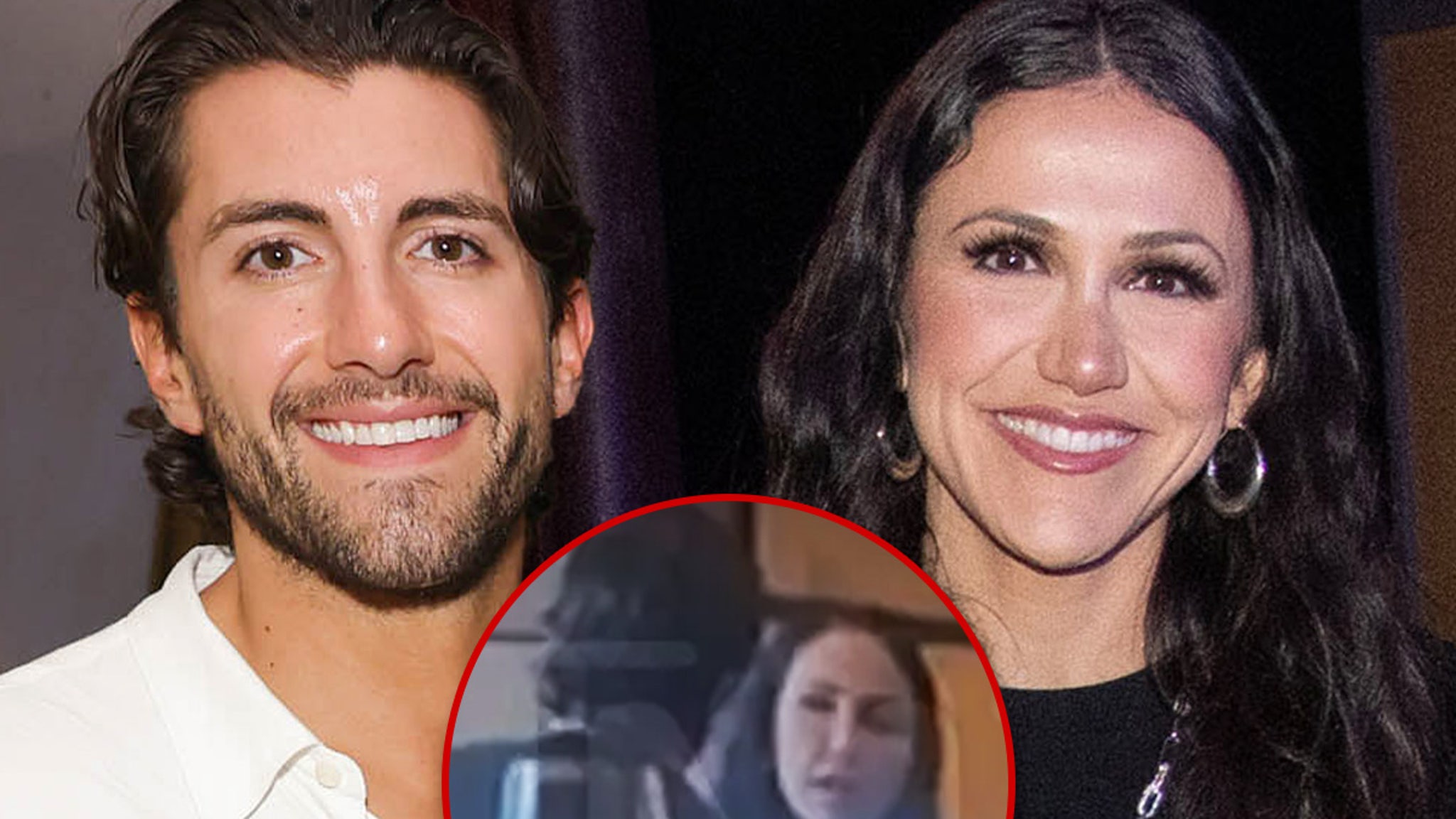




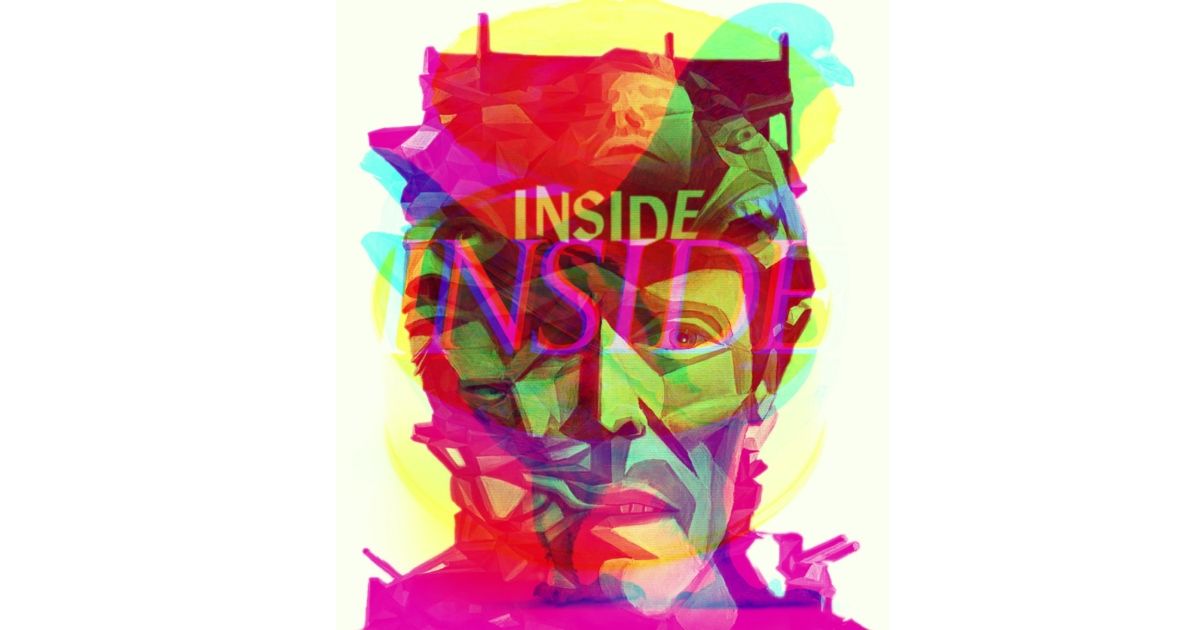






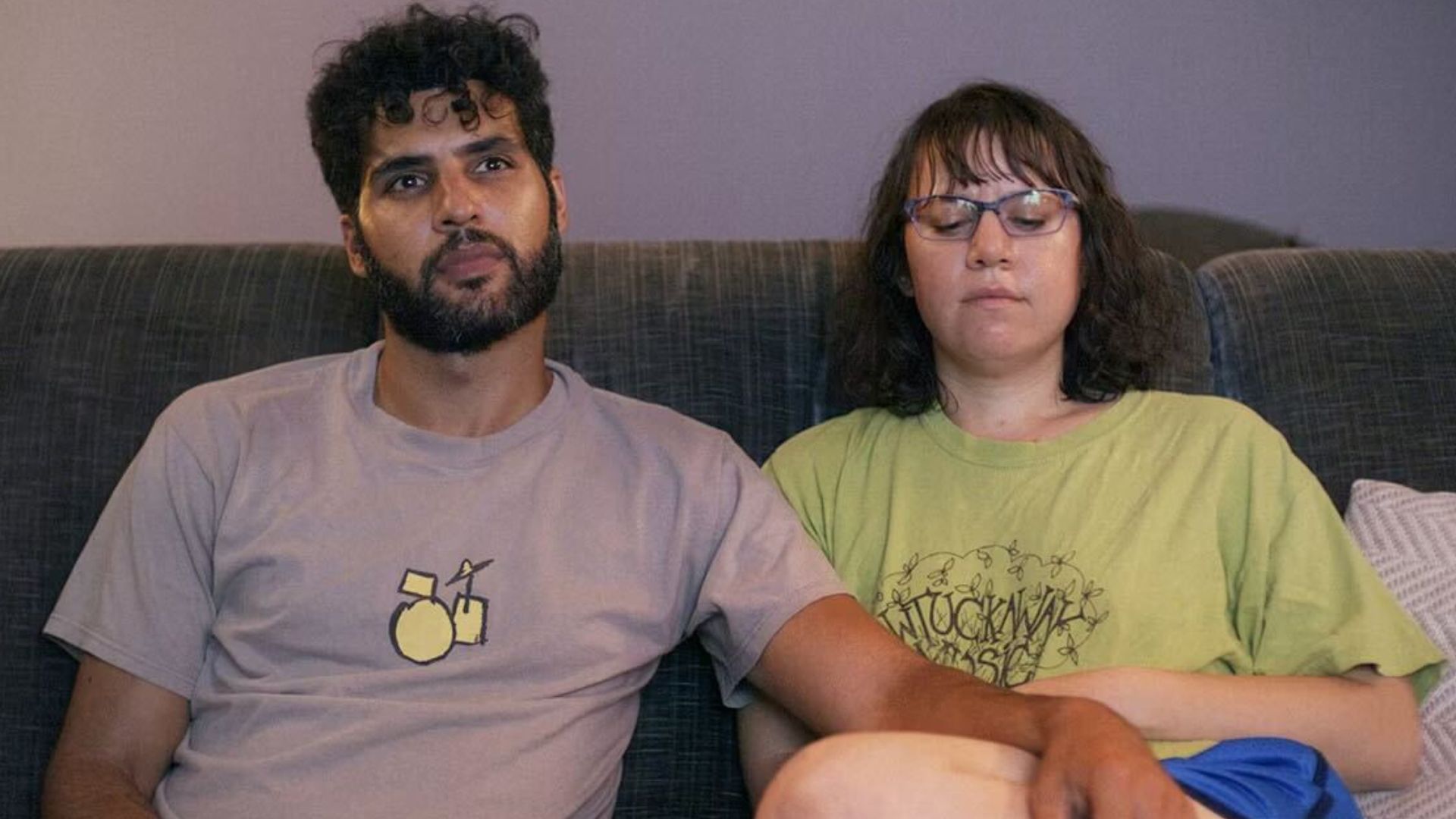





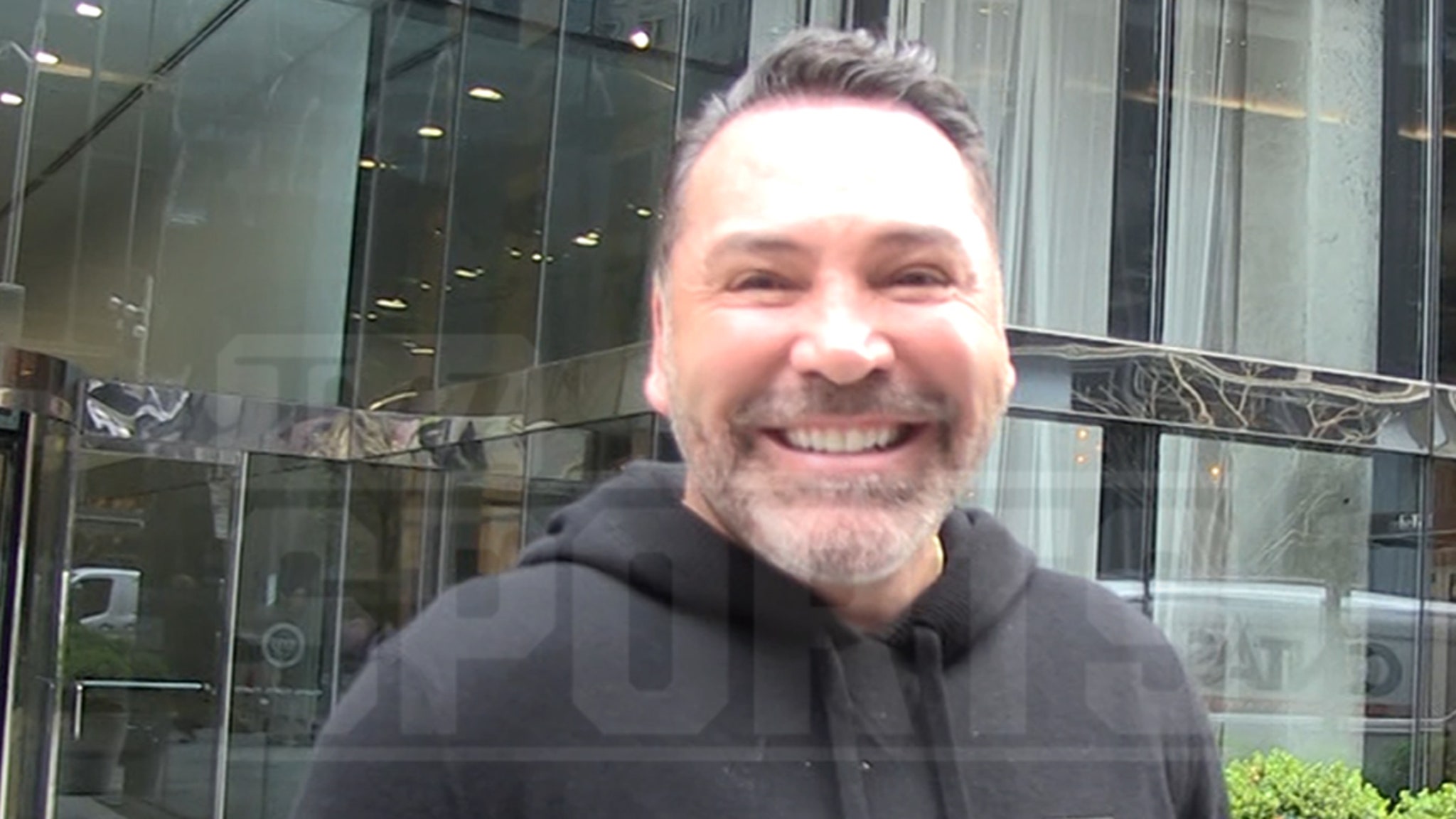
:quality(85):upscale()/2024/04/30/256/n/1922564/b39130e76631ce7cb6dbc6.88546252_.jpg)
